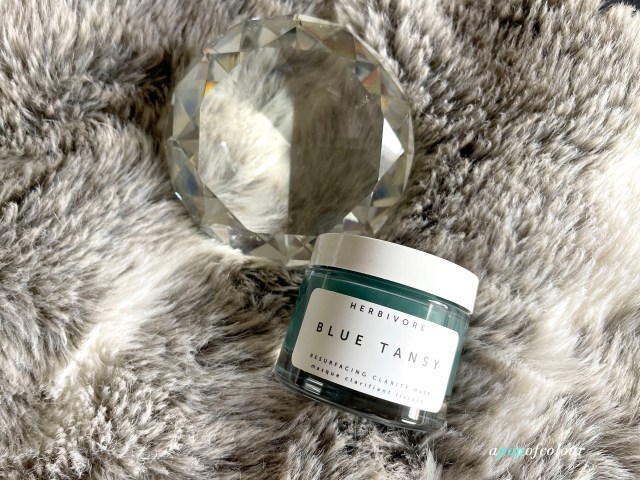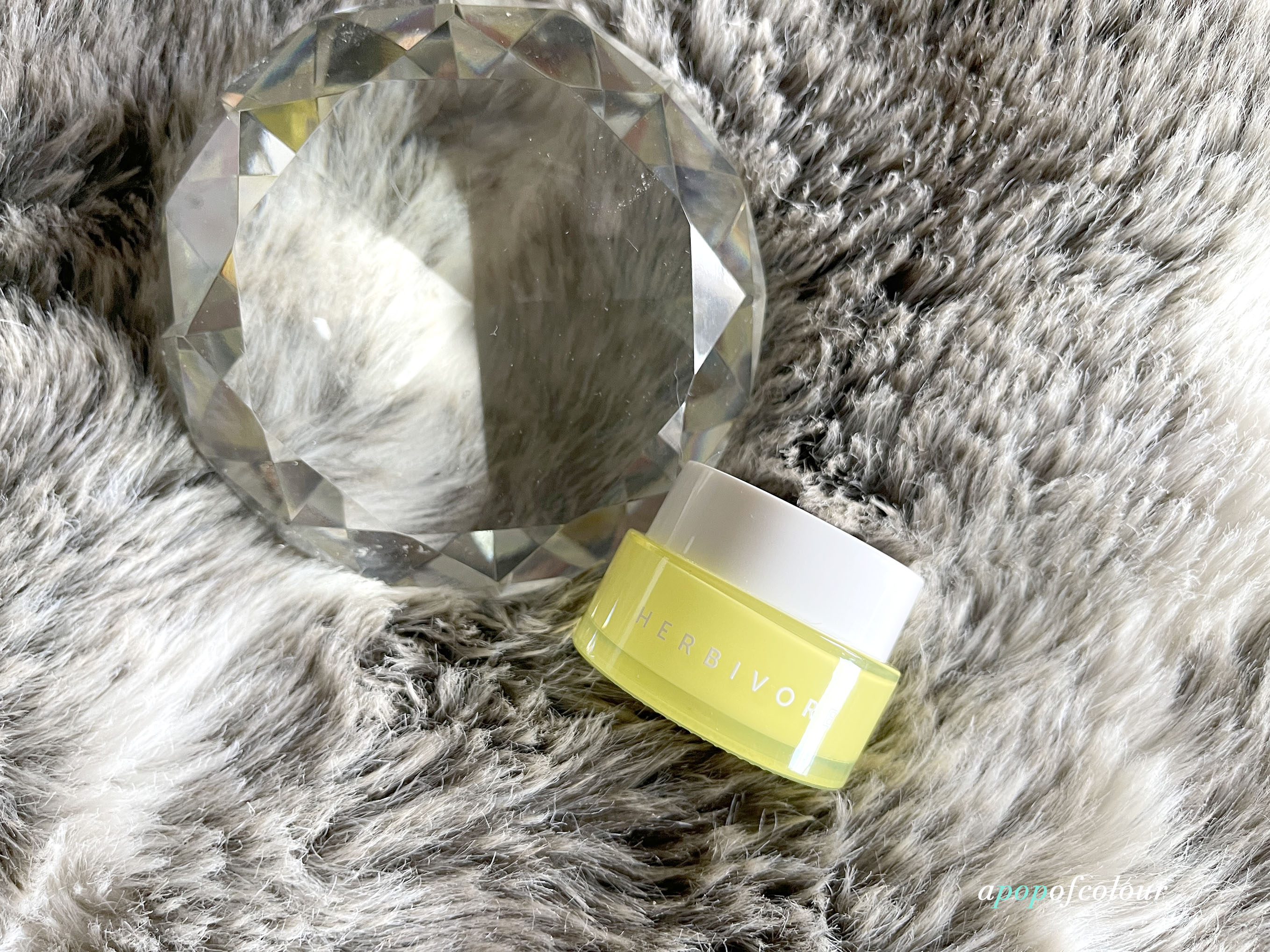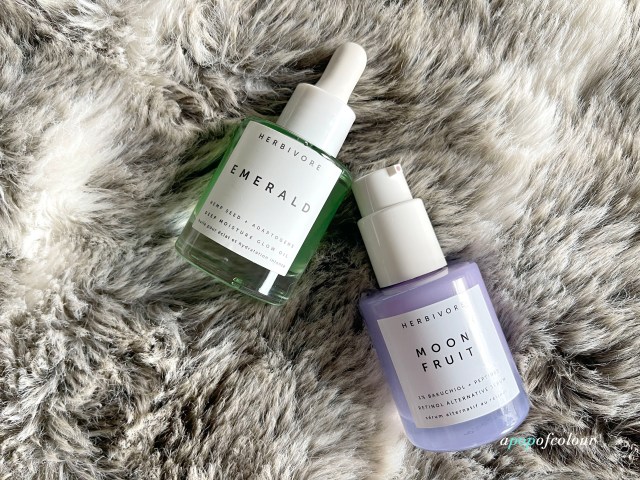Fast fashion has emerged as a profitable strategy to drive massive sales, bombarding consumers with a never ending variety of new clothes at cheap prices. Fueled by the pressure to showcase new outfits on social media, consumers are purchasing more clothing than ever to keep up with the trend.
However, one of the hidden consequences of this cycle is the staggering amount of discarded garments that end up in landfills. The fast fashion industry is a massive contributor to landfill waste, which makes it a significant driver of the climate crisis.
The world remains indifferent as fast fashion drives inequality, exploits marginalized communities, and contaminates our environment. It also harms the health of the consumers due to the excessive use of toxic chemicals in textile manufacturing. Our broken metrics of economic growth overshadow the truth that the excessive production and consumption normalized by fast fashion are accelerating the triple planetary crisis.
We have become willing participants in this planetary horror show. Mesmerized by this grotesque circus, we cheer as our land suffocates under textile waste, our forests burn from climate fires, and children toil in sweatshops.
The Dark Reality of the Fast Fashion Waste Problem
Globally, the fast fashion industry produces approximately 92 million tonnes of textile waste annually. In the USA, the landfills received 11.3 million tons of textile waste in 2018, largely due to the fast fashion industry, marking it a significant contributor to the landfill overcrowding.
In 2018, the recycling rate for all textiles was 14.7%; the rest were either incinerated or sent to landfills for disposal.
As fast fashion compels consumers to buy more, the global secondhand clothing market reached $5.13 billion in trade value in 2023. The countries that import secondhand clothes are typically developing countries, often lacking the infrastructure to manage the overwhelming influx of textile waste.
While these imports offer affordable clothing for local populations, they also come with a massive load of worn-out, discarded items that eventually end up in the local landfills.
Socio-Economic Impacts of Fast Fashion
Marketing itself as a consumer’s heaven, the fast fashion industry floods the market with new garments while dumping even more into landfills. The “buy more” mentality glamorized by fast fashion creates a disconnect between buyers and their purchases. This leads to less use of the products and consumer dissatisfaction, pushing people to buy even more clothes. The result is a perpetual cycle of overconsumption that further escalates the landfill pollution.
In developing countries, women and children are considered cheap and easily available labor as they lack the resources or education to fight for their rights. Hence, women have to work in garment factories on low wages while also taking care of their families. This compromises their health and the quality of life of their children.
“If brands absorbed the cost of paying living wages within their supply chains, it would cost them less than 1% of the price of a garment.”
–Oxfam
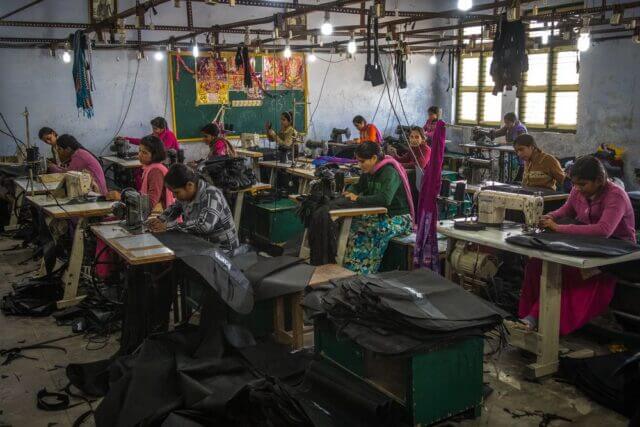
Inequality embedded in the fast fashion system results in an inevitable economic challenge for the workers. By offering an abundant variety of clothes at cheap prices, coupled with aggressive trend marketing, fast fashion is crippling the local textile industries. This forces workers into low-wage jobs while the local industries struggle to compete with the fast fashion giants.
We are witnessing a metastasis of clothing production and dumping, spreading harm globally like an unchecked disease. Acres of land are buried under piles of textiles that will take decades to break down, poisoning the soil with chemicals and polluting the air with greenhouse gases as they slowly decompose.
Child Labor in the Fast Fashion Supply Chain
Fast fashion’s demand for rock-bottom prices and quick turnaround times perpetuates child labor at an alarming rate. This industry is directly contributing to child labor through its indifference towards the working conditions of the textile industry. The illegal production of garments and apparel through child labor is concealed by turning a blind eye towards inadequate audit and safety checks.
Child labor has become an issue hidden in plain sight as the fast fashion brands seek cheap production locations that often resort to exploitative labor practices. By prioritizing profit over people, the fast fashion industry robs children of their childhoods while simultaneously poisoning the planet they will inherit. In textile production factories, the employers illegally hire underage workers to maintain profitability. Child labor in fast fashion’s supply chains faces constant exposure to toxic waste. Children working in factories often live in adjacent slums, where landfills are their backyards. Moreover, the garment factories lack proper waste management systems and dump industrial waste in local waterways and landfills. These unsanitary conditions cause stunted growth in children.

“It’s not happening out in the open, but just scratch the surface, and you will find child labour in the garment industry.”
–Suhasini Singh, Fair Wear Foundation
How Discarded Clothes Impact the World
A recent article in The Guardian highlighted the shocking reality of this trade, a devastating fire in January 2024 in Ghana’s Kantamanto Market that destroyed the livelihoods of 30,000 vendors and claimed two lives.
In places like Ghana’s Kantamanto market, the sheer volume of discarded clothing has created a crisis. The rise of fast fashion has flooded Ghana with used clothing from the UK, US, and China, resulting in 26.5 tonnes of waste leaving the market weekly.
Much of this waste ends up in the landfills and pollutes Accra’s beaches, creating environmental and health hazards for the locals.
The secondhand clothing trade exposes these countries to the negative consequences of fast fashion.
This tragedy occurred as a direct consequence of the fast fashion industry’s overproduction and poor waste management. This grave incident serves as a call to action for brands to adopt sustainable practices and for policymakers to enforce stricter regulations on the fast fashion industry.
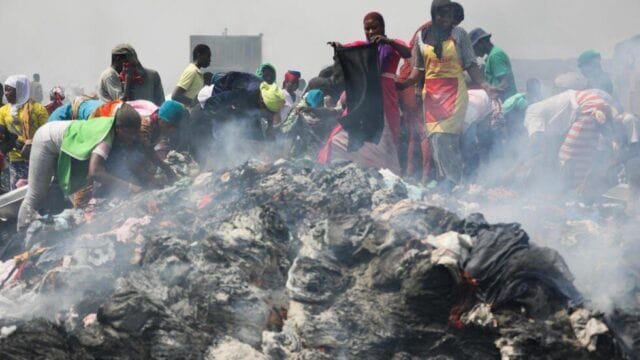
Similarly, in Chile, secondhand and often unused garments are being discarded in the Atacama desert. Known as the “world’s dumpster,” it consists of approximately 741 deserted acres of clothing junkyards. The local government lacks the resources to manage this humongous amount of waste. Once discarded, nobody takes responsibility for these clothes.
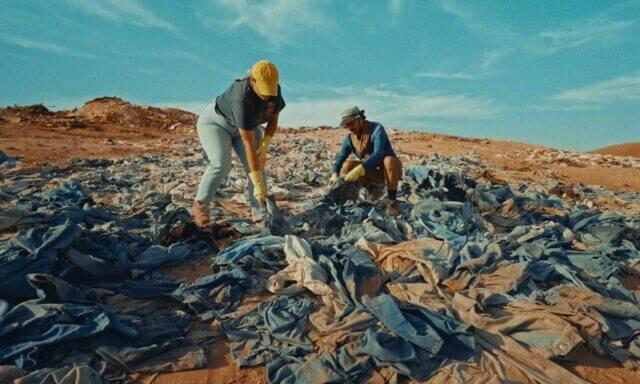
Recycling alone cannot address the root cause of overproduction and overconsumption of fast fashion. To tackle this challenge, we need textile waste production and management regulatory policies on a global level.
The Invisible Victims of Fast Fashion in Pakistan
Fast fashion brought one of the darkest days for Pakistan’s garment workers when a factory fire in Karachi trapped and killed over 600 people. Workers were forced to labor overtime to ship orders early to avoid costly air freight. When flames erupted, escape was impossible as the windows were barred, and stairways were blocked by piles of clothes destined for global brands.
Investigations revealed the factory was operating illegally and the safety certificates were bought and paid for to deceive buyers. On the same unfateful day, a separate fire in a Lahore shoe factory claimed 25 more lives.
These workers are not hired on a proper contract and have no job security, health protections, or means of escape in case of emergency. Fast fashion brands exploit poverty under the guise of “opportunity,” but in reality, they fuel a system of modern-day indentured labor. Behind every “affordable and trendy” garment is a human cost that is inapparent to the consumers but devastates the lives of the workers.
Fast Fashion’s Exploited Workforce in Malaysia
According to a feature piece by Atmos, a garment factory in Malaysia deceived and trapped workers to make clothes for third-party companies that supplied the garments to famous fast fashion brands. Workers are brought from developing countries with a promise of a decent job and are forced to work in garment factories.
These workers are locked up and their passports confiscated, leaving them no choice but to accept their fate. Their living conditions are also dehumanizing, with 30-60 people crammed in one room and long waiting lines for unhygienic toilets, exposing workers to diseases and mental trauma.
“When the auditors come, they typically walk around eating expensive food, which is worth the same as multiple days of our salaries. Meanwhile, our management tells us what to say to the auditors, threatening us if we don’t oblige.”
–Robin, a Bangladeshi garment factory worker employed in Malaysia
How Can You Make a Difference?
It’s time to confront the uncomfortable truth that the price of our affordable clothes is paid by underpaid laborers and our environment. As consumers, it is important to choose ethical fashion brands that pay a living wage to their workers. Buying from ethical brands will not only empower the workers employed by these brands but will also discourage worker exploitation, normalized by fast fashion.
Individual actions to reduce landfill pollution, guided by the 3R (Reduce, Reuse, Recycle) principle, can make a significant impact. Consumers need to take power in their own hands by reducing overconsumption and choosing ethical clothing brands to buy from.
The materials used in fast fashion garments are difficult and energy-intensive to recycle, hence it’s important to practice ethical clothing. Moreover, not all recycling programs are efficient or widely accessible.
To make positive change, we can:
- Opt for high-quality, durable items and support sustainable brands that prioritize eco-friendly practices.
- Reuse items whenever possible by upcycling old garments into new creations.
- Participate in clothing swaps to extend the life of clothes.
Just as reducing and reusing are essential, recycling responsibly is equally important such as separating recyclable materials from general waste, supporting textile recycling programs, and composting natural fibers like cotton or wool.
By prioritizing reducing and reusing first, we can tackle the problem of landfill pollution and minimize the environmental impact of textile waste. Our efforts will compound into meaningful change, creating a collective impact for a healthier environment.

Saher Aamir has a master’s degree in Development Studies with a focus on female entrepreneurship. Passionate about natural habitat preservation, she loves crochet, cross-stitch, reading, and watching wild-life documentaries.


